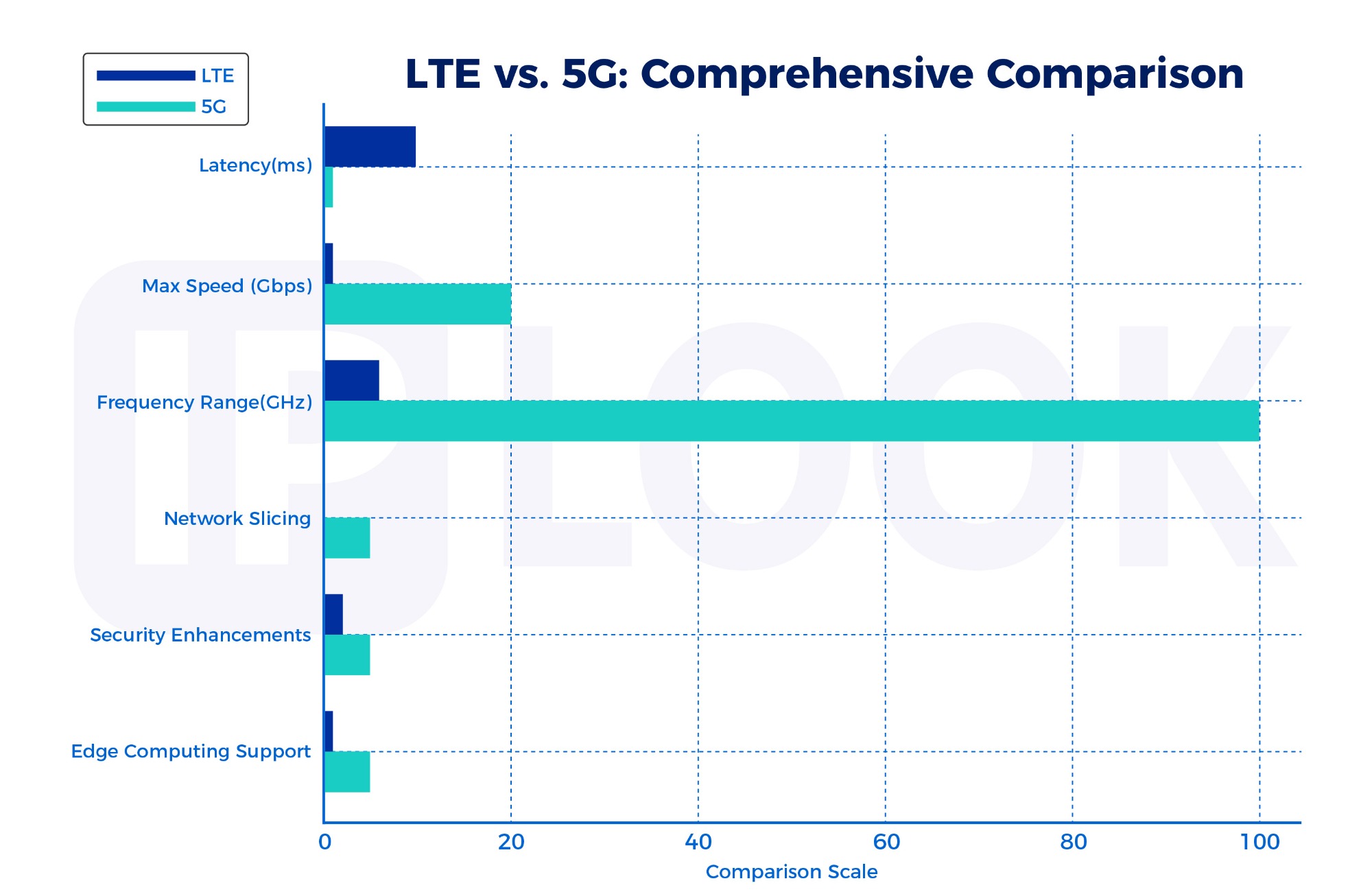
As global operators pursue more advanced and efficient networks, the transition from LTE to 5G Standalone (SA) architecture has become a strategic priority. This shift is driven not only by technological advancement but also by the increasing demand for differentiated services, industrial applications, and long-term cost efficiency.
Why Move from LTE to 5G SA?
Compared to traditional LTE networks, 5G SA offers a completely new core network and air interface, enabling a broader set of capabilities:
End-to-End Network Slicing: Unlike LTE, which lacks native slicing capabilities, 5G SA supports full network slicing, allowing operators to provide customized connectivity for diverse verticals like manufacturing, healthcare, and transportation.
Ultra-Low Latency and Massive Connectivity: With 5G SA, real-time communication and high-density device connections become feasible, laying the groundwork for intelligent IoT ecosystems.
Flexible Architecture and Enhanced Automation: 5G SA is cloud-native by design. It leverages software-defined networking (SDN), service-based architecture (SBA), and automation for dynamic service orchestration and simplified O&M.
These advantages mark a major leap in how communication networks serve both consumers and enterprises.
Industry Acceleration: A Global Trend
Globally, operators are investing heavily in 5G SA to capture the next wave of growth. Many countries have already deployed or are piloting SA networks, especially for private networks in industries such as mining, ports, manufacturing, and energy. In China, 5G SA deployment is progressing rapidly, supported by a mature supply chain and comprehensive policy incentives.
One of the key differentiators driving SA adoption is its ability to support new business models. Operators can go beyond traditional data services and offer cloud-network integrated solutions, private networks, and B2B services tailored to specific industries.
Challenges Along the Way
Despite the clear advantages, deploying 5G SA is not without challenges:
High Initial Investment: Building a new core network and base station infrastructure requires significant capital expenditure.
Device and Application Maturity: 5G-compatible terminals and industrial applications still need time to fully mature.
Operational Complexity: Transitioning from NSA to SA involves complex integration and testing processes.
However, with a clear strategy and experienced partners, these challenges are increasingly manageable.
IPLOOK’s Role in the 5G SA Ecosystem
As a leading provider of end-to-end mobile core network solutions, IPLOOK is well-positioned to support operators in their evolution toward 5G SA. Our cloud-native 5GC platform is:
Fully compliant with 3GPP standards
Capable of flexible deployment across private, hybrid, or public clouds
Designed with modular architecture to support network slicing and automation
In addition, our solutions have been successfully deployed in multiple private 5G projects across industries such as mining, smart energy, and satellite communications, helping partners unlock the true potential of 5G SA.
With IPLOOK, operators and enterprises can accelerate their 5G SA journey — confidently and cost-effectively.

